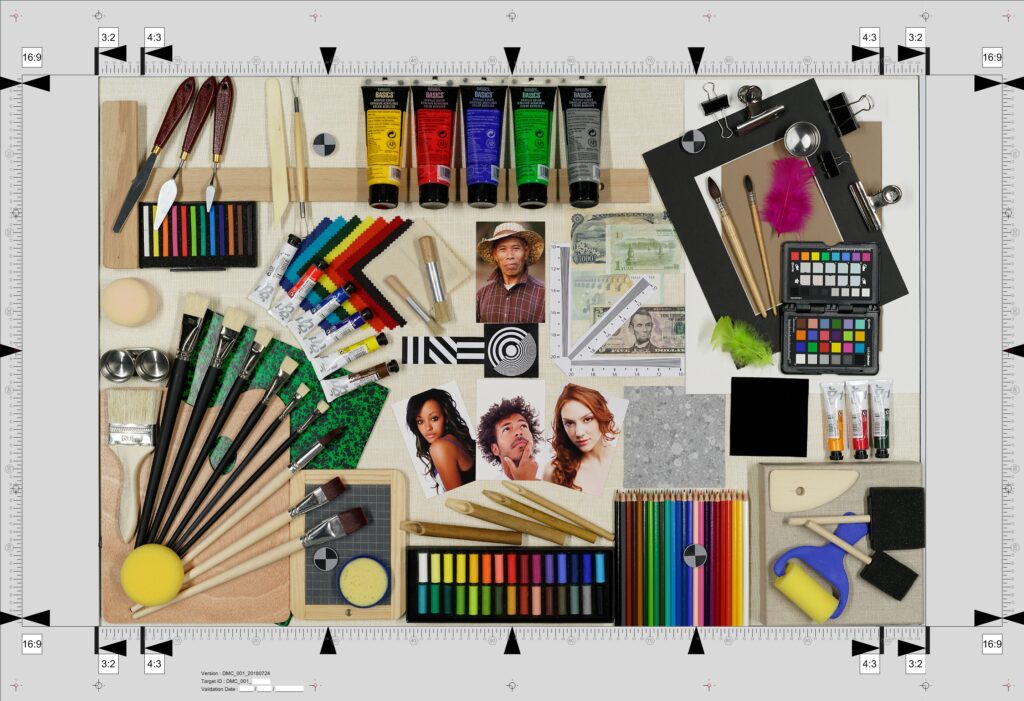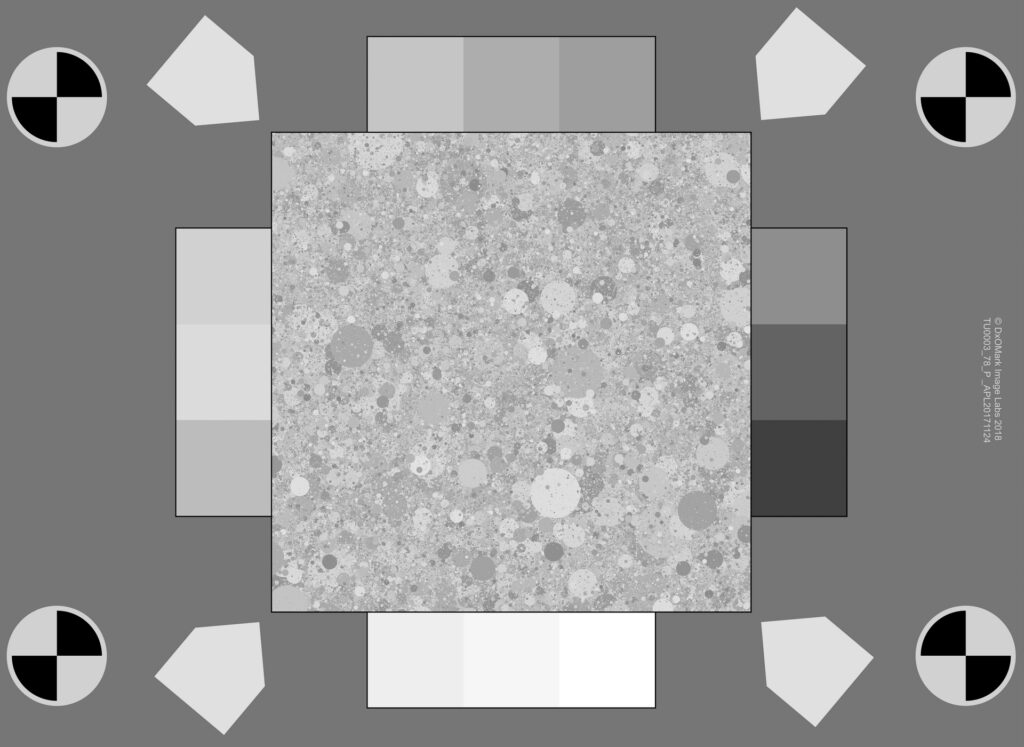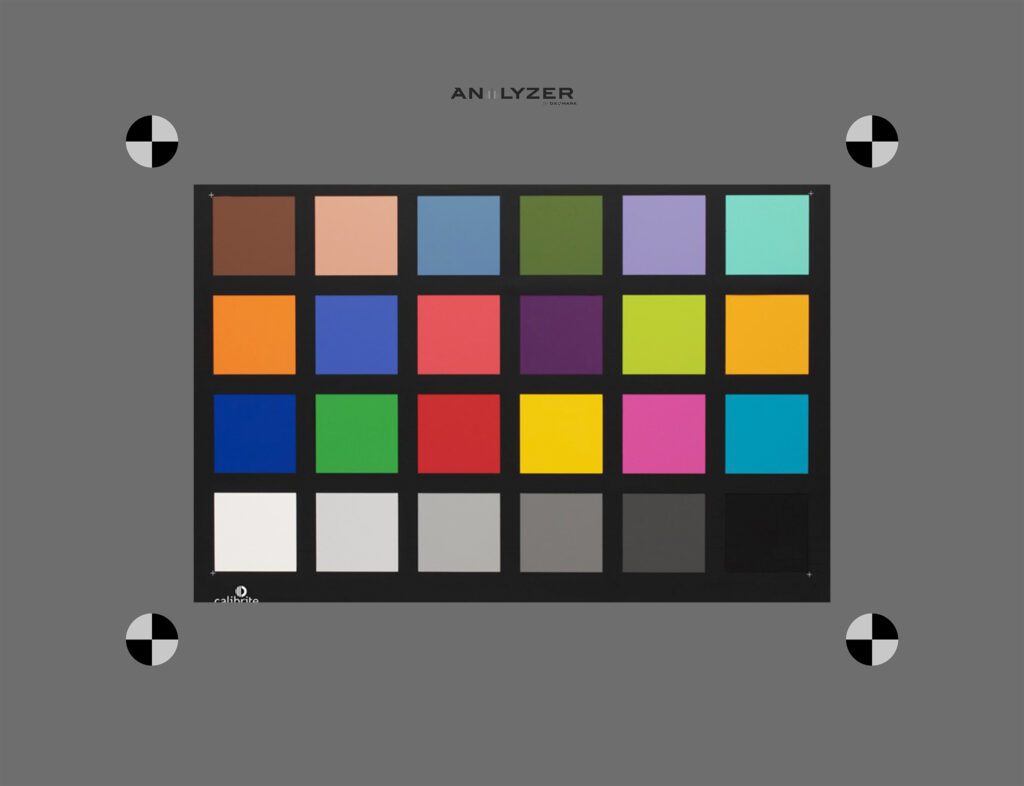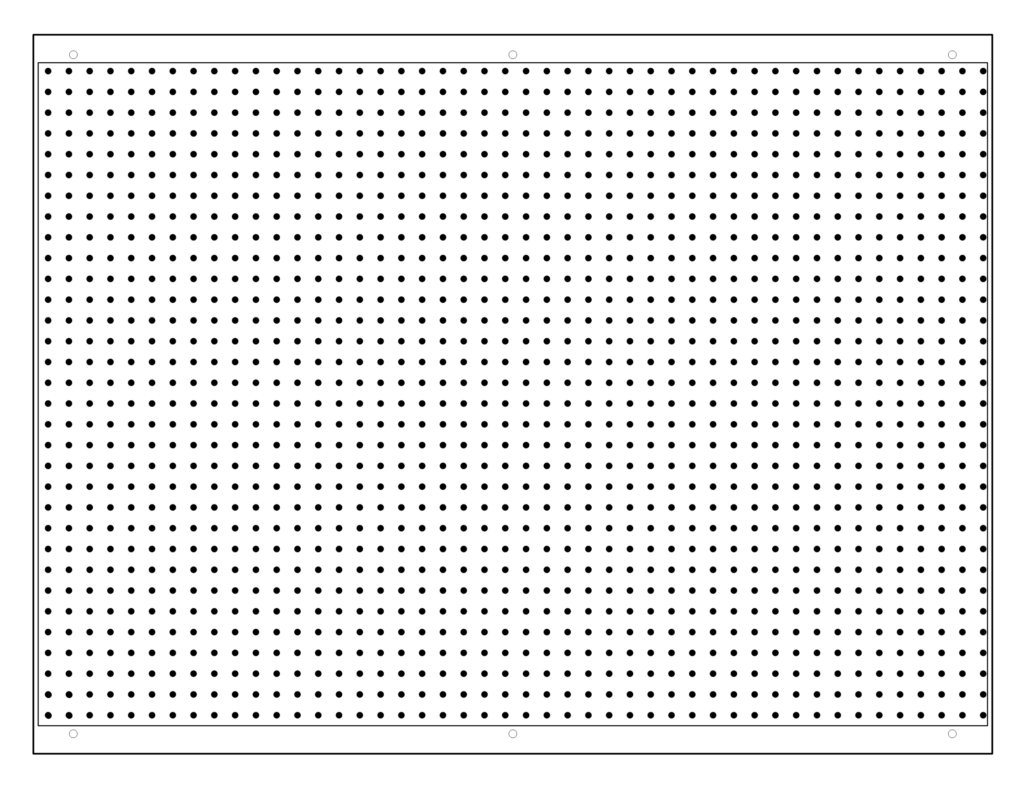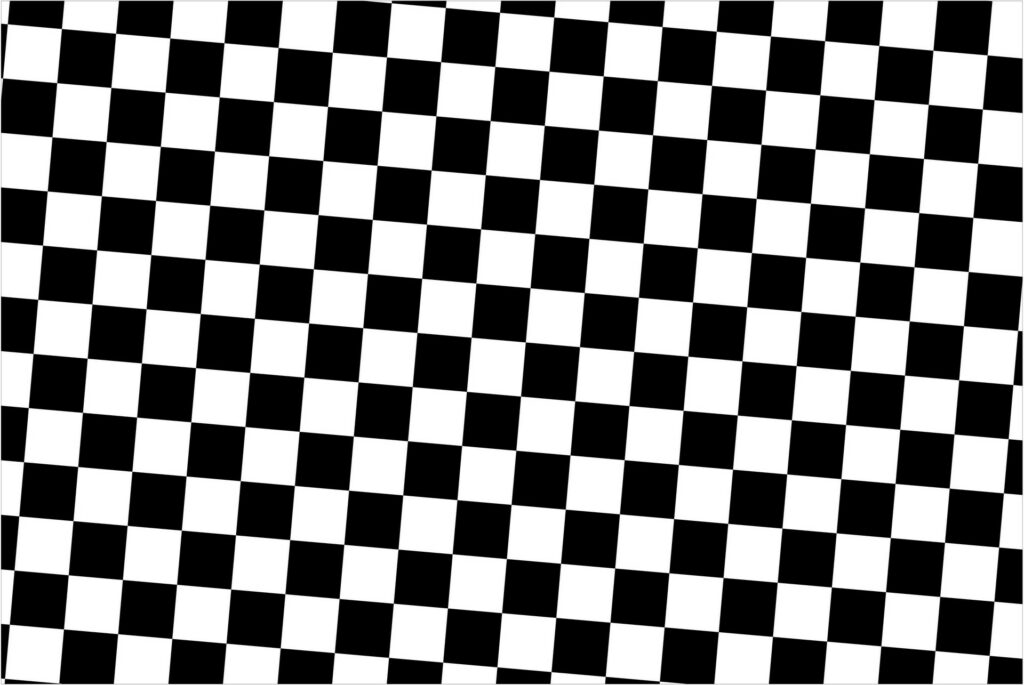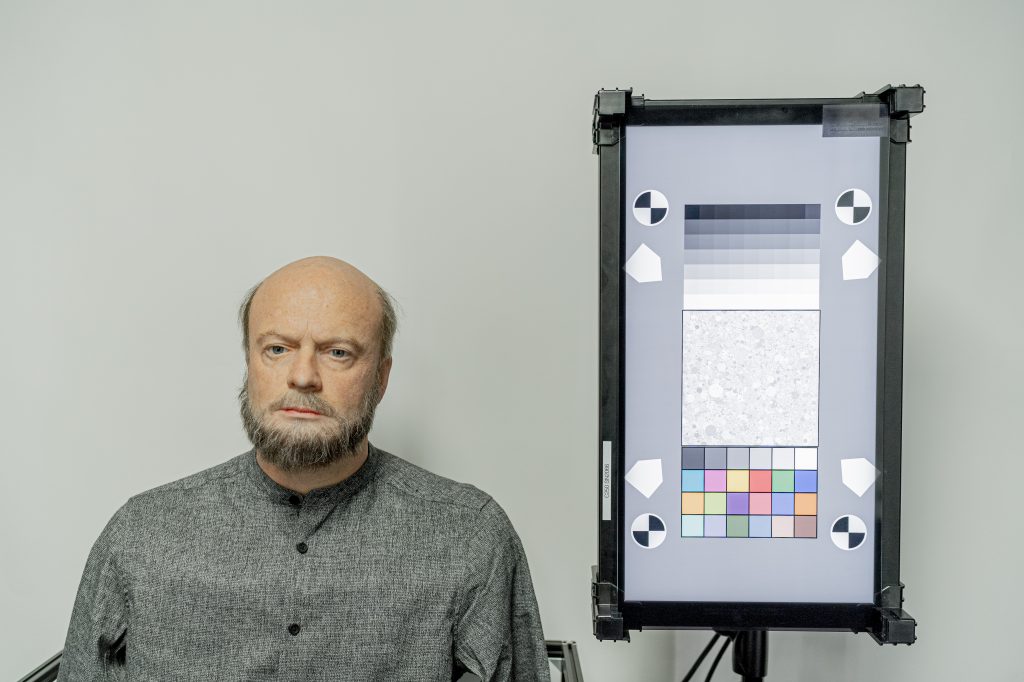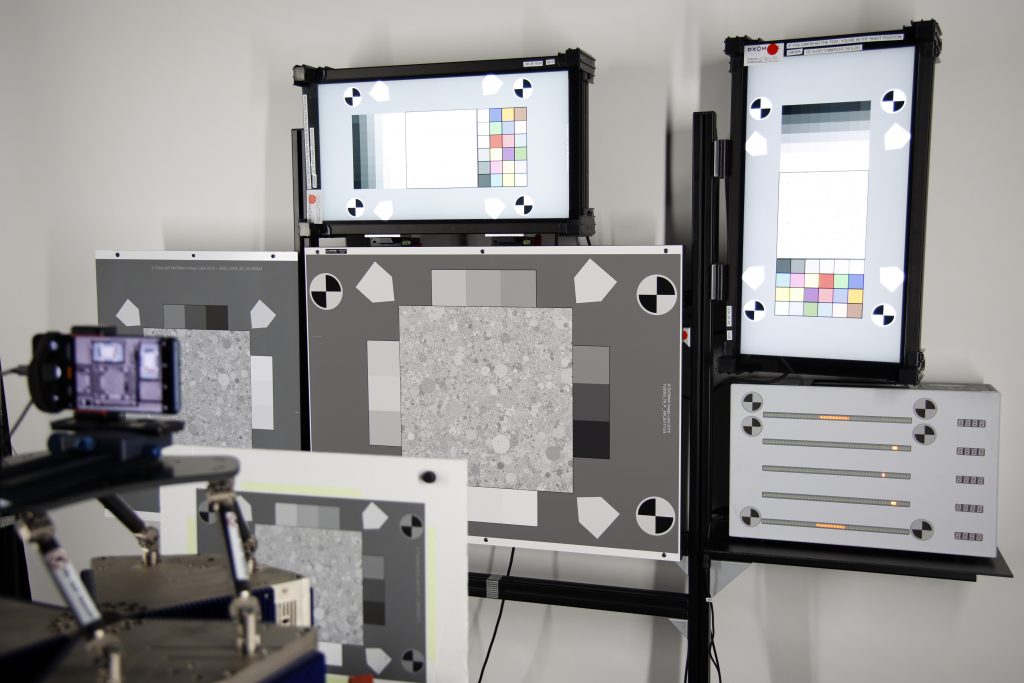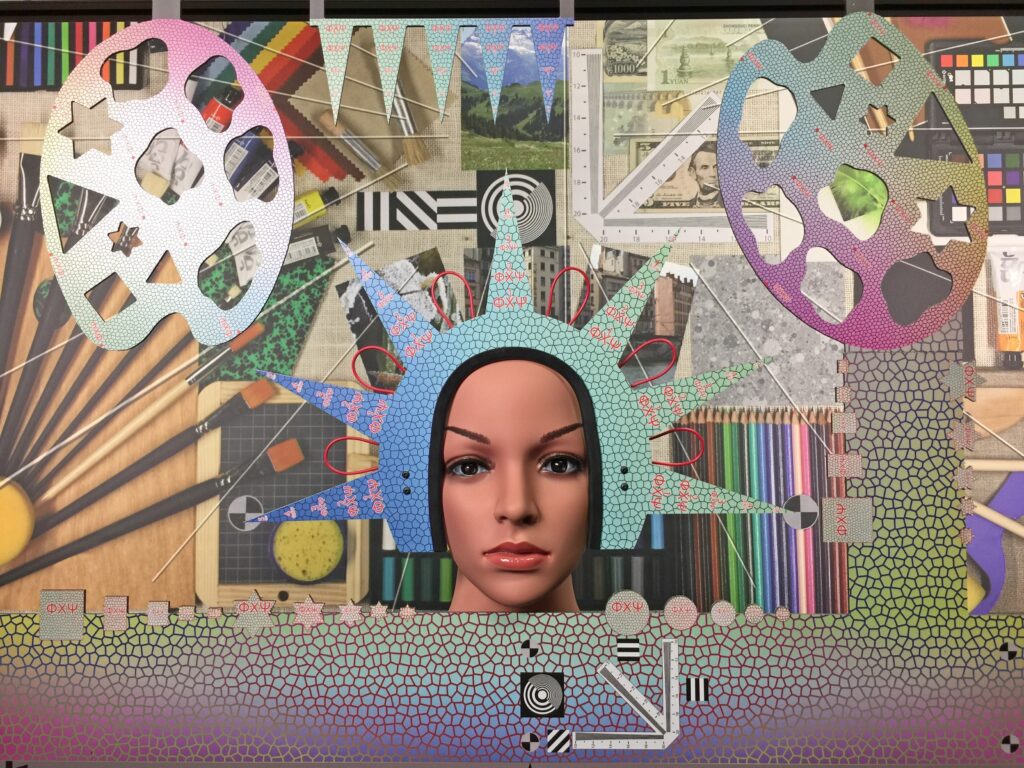The smartphone industry’s standard laboratory
for image quality
DXOMARK smartphone camera global score represents our dedicated test protocol, which we have built and continue to update based on our technical and consumer expertise. Our expertise allows us to design the lab setup and shooting plan methodology associated with our set of objective measurements and perceptual evaluation system.The camera global score is a weighted geometric average of sub-scores: Photo, Video, Zoom, Preview and Bokeh. These sub-scores are themselves the weighted average of quality attribute scores: Exposure, Color, Autofocus, Texture, Noise, Artifacts and Stabilization. The weighting system is based on DXOMARK’s experience in surveying consumers about both their smartphone camera usage and their image quality preferences, and thus are representative of the final user experience.
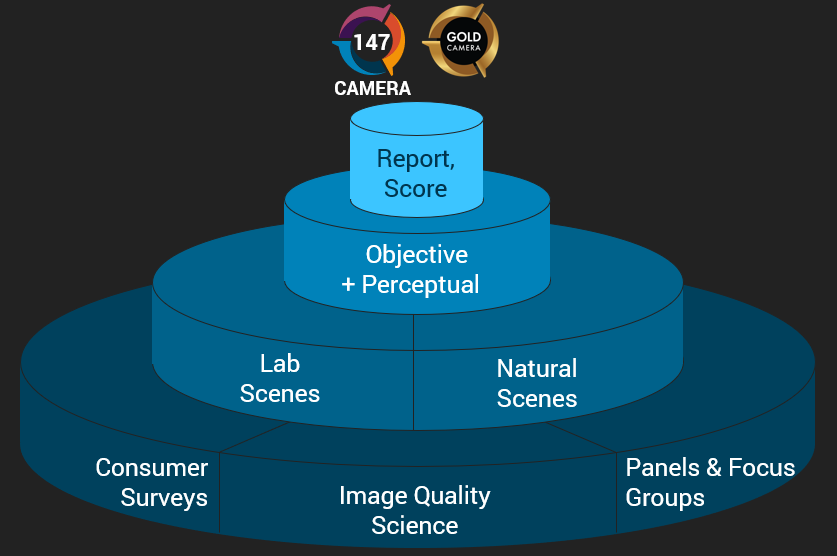

Our Analyzer solution allows you to reproduce all our lab tests in your own laboratory. Further, we offer a unique solution of protocol automation that allows you to automatically reproduce the totality of the shots and obtain all the measurements in the Camera v5 protocol. Our software suite automatically detects areas of interest on charts and setups, and then processes all objective and AI-based measurements. To optimize measurement repeatability, we calibrate and test each chart and every piece of equipment before shipping them from our facilities in Paris.
The necessary tools for perceptual analysis, such as our famous DXOMARK chart, are also available and we can provide training in perceptual evaluation to help you perform your own. As for testing using natural scenes, we can provide assistance in creating your own shooting plan accompanied by image quality metrics in line with our protocol.
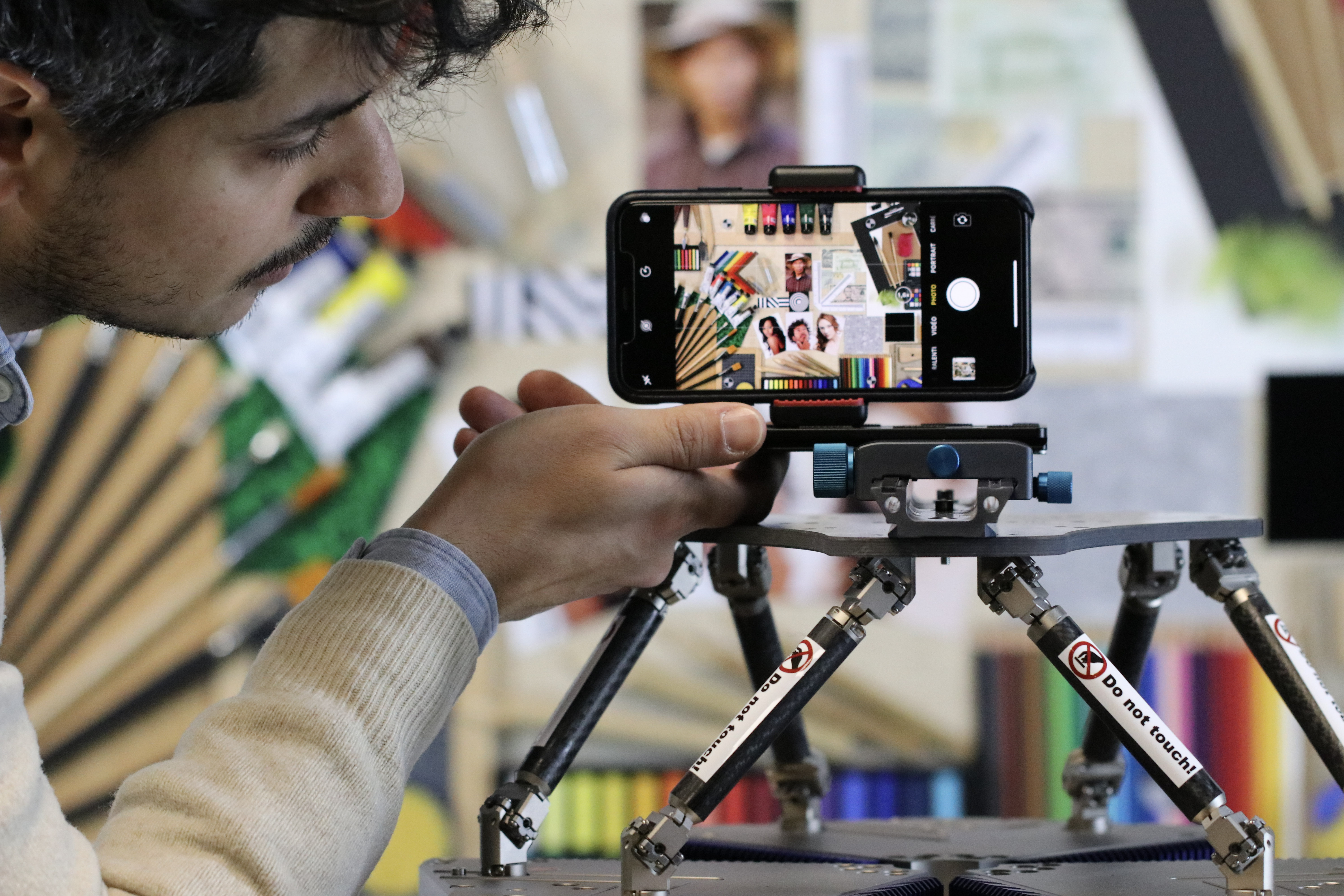
Starter kit
Analyze basic image quality attributes from based on objective and perceptual measurements.
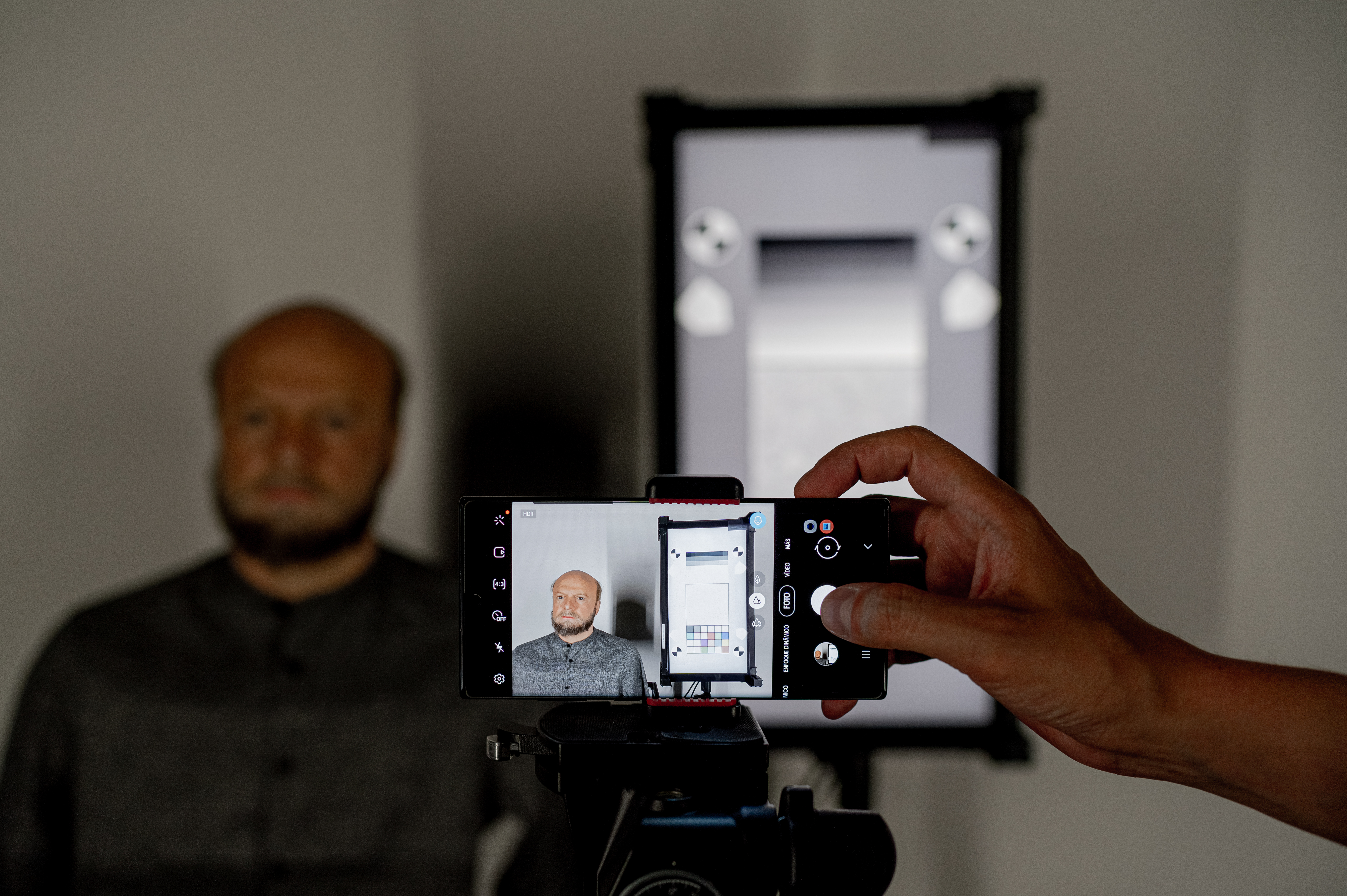
HDR Portrait
Analyze portrait rendering performance in various
HDR conditions.
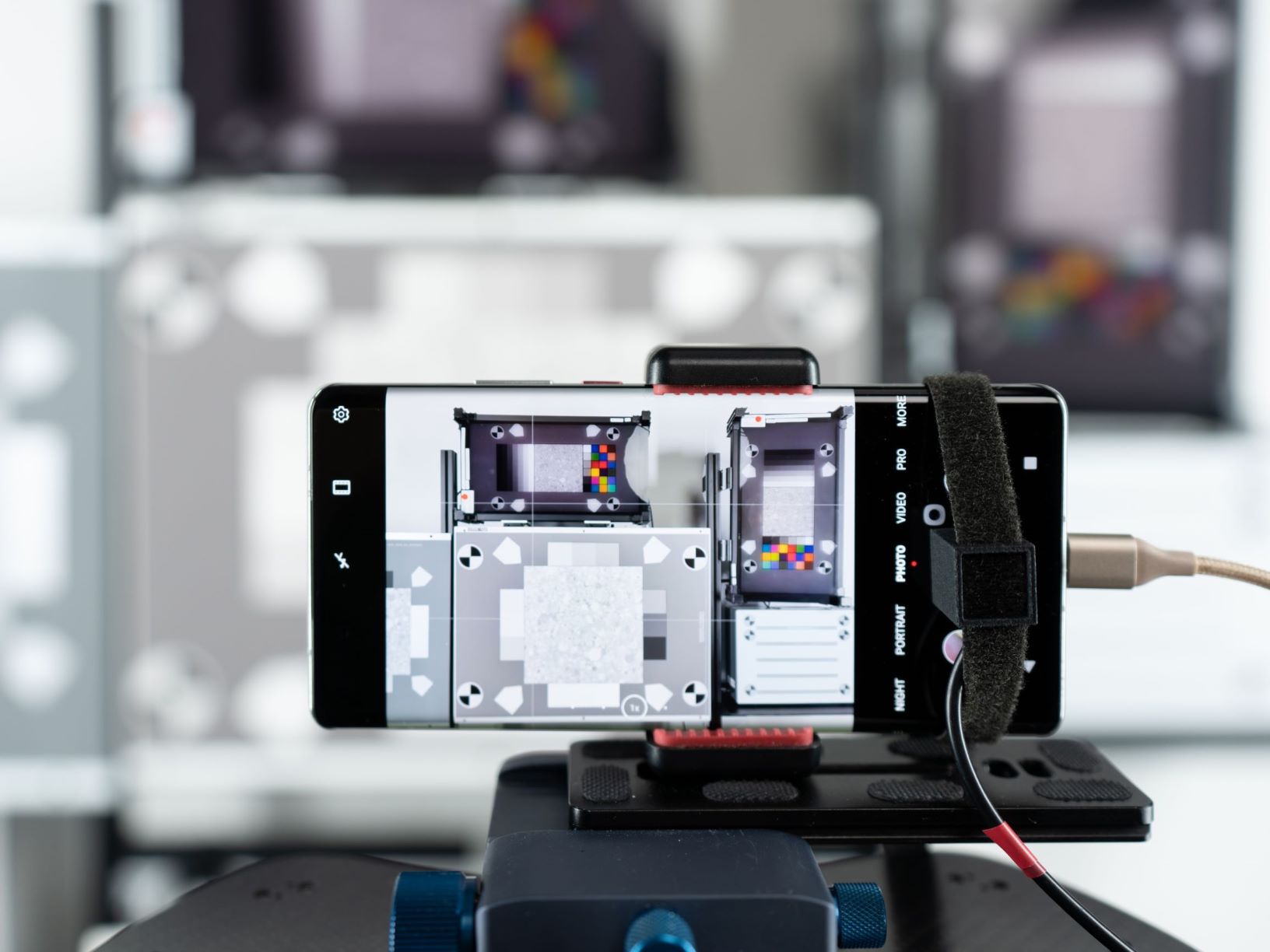
HDR Autofocus, Motion & Timing
Analyze combined autofocus, timing, HDR, and motion blur performance in a single setup.
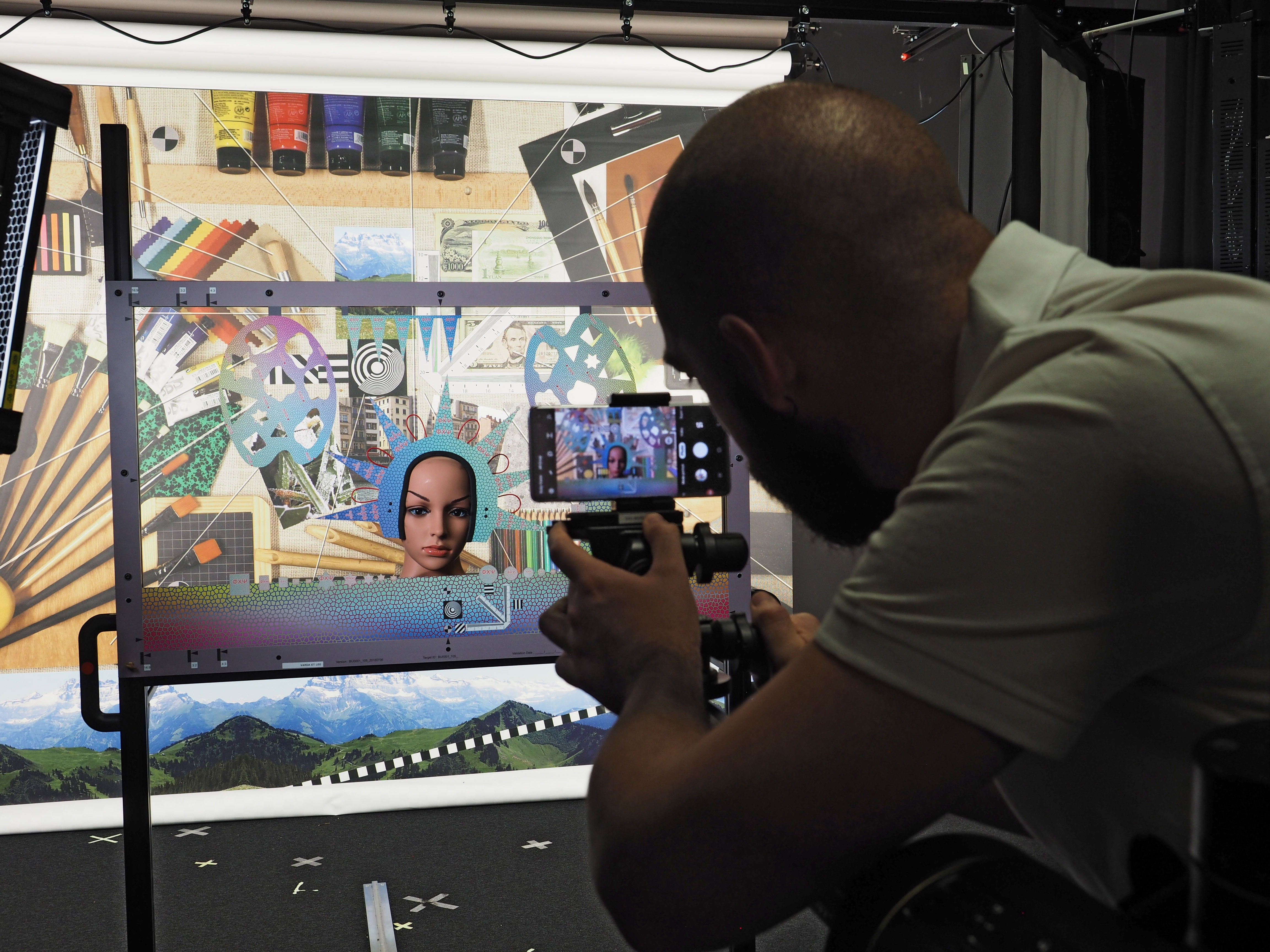
Bokeh setup
Analyze bokeh rendering in a repeatable and consistent way.


